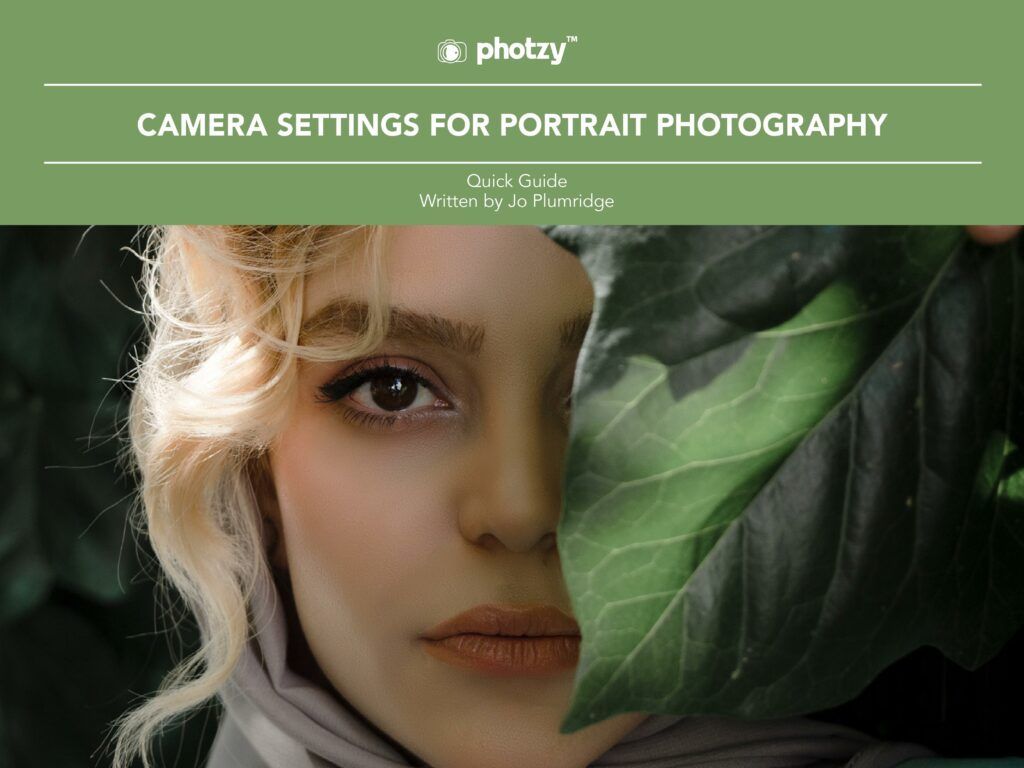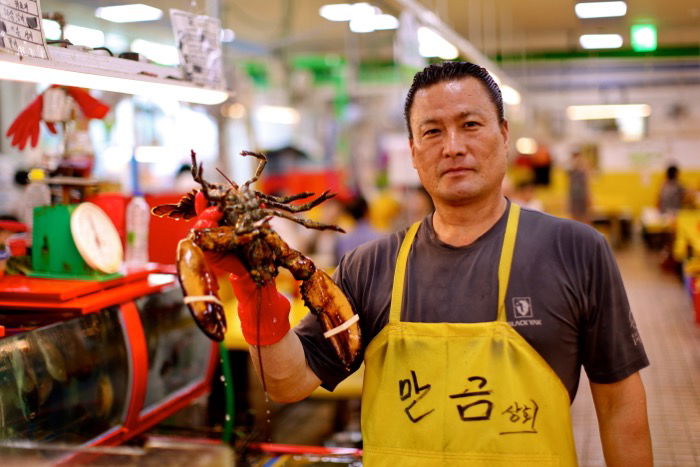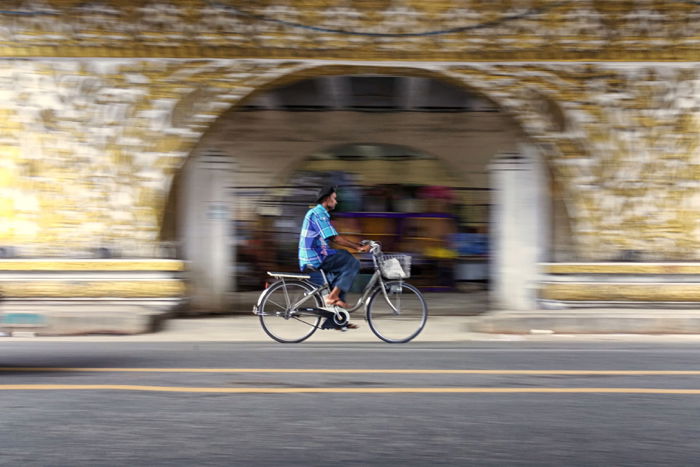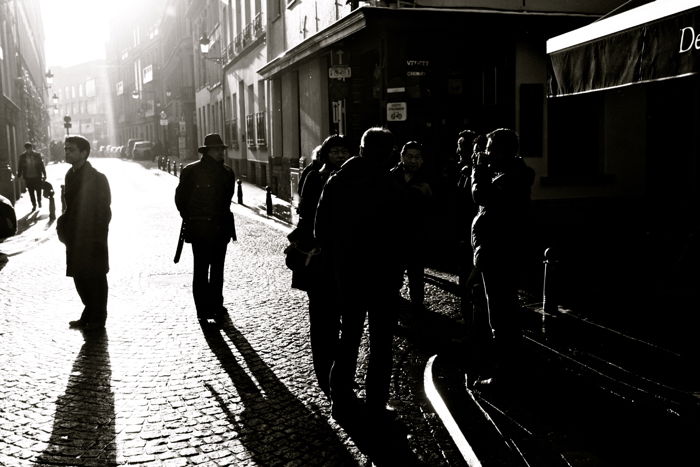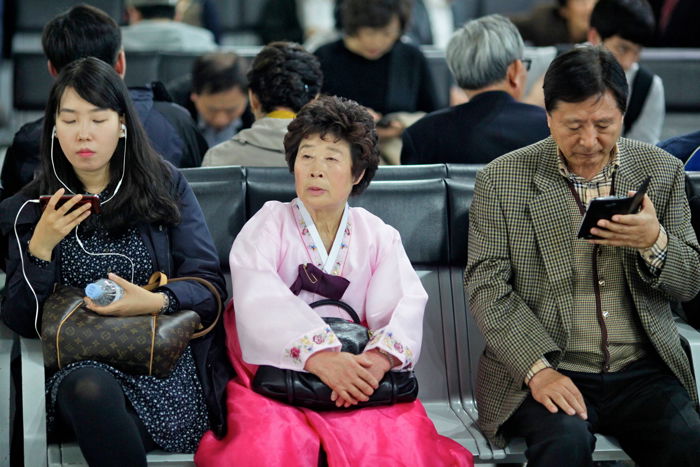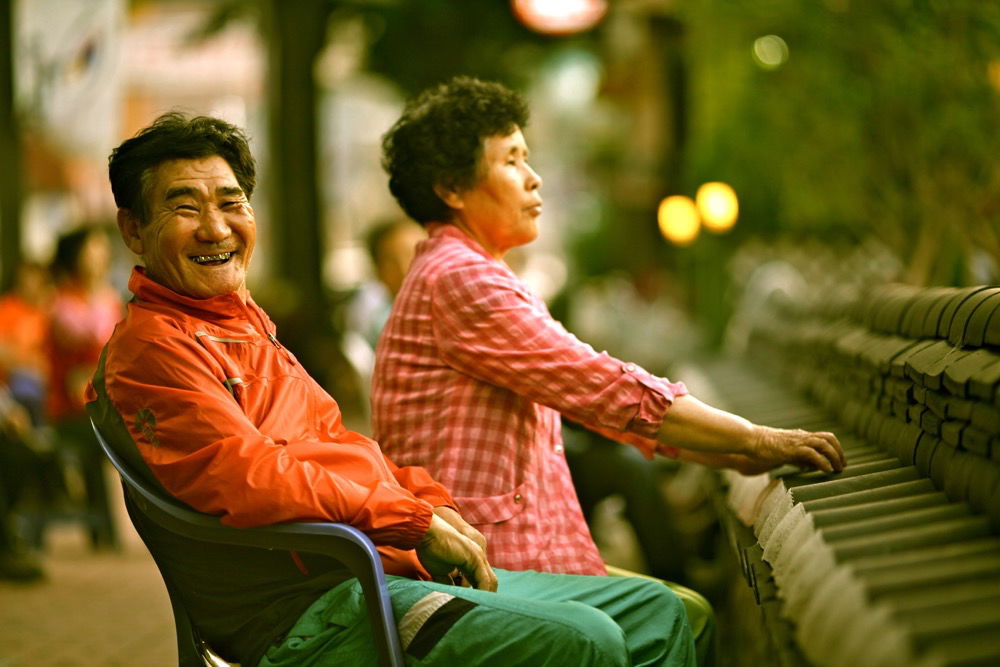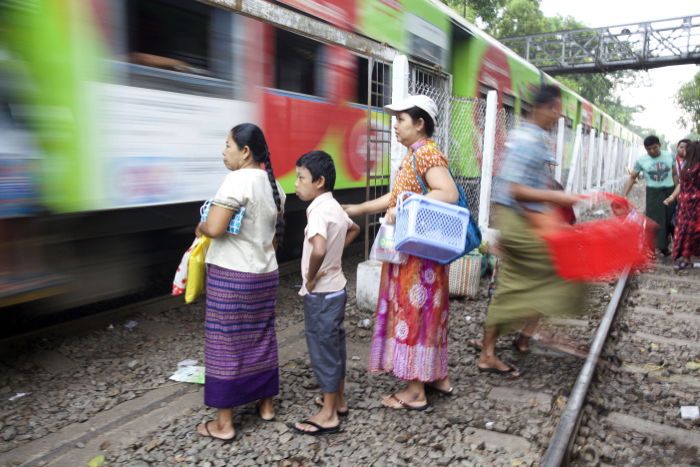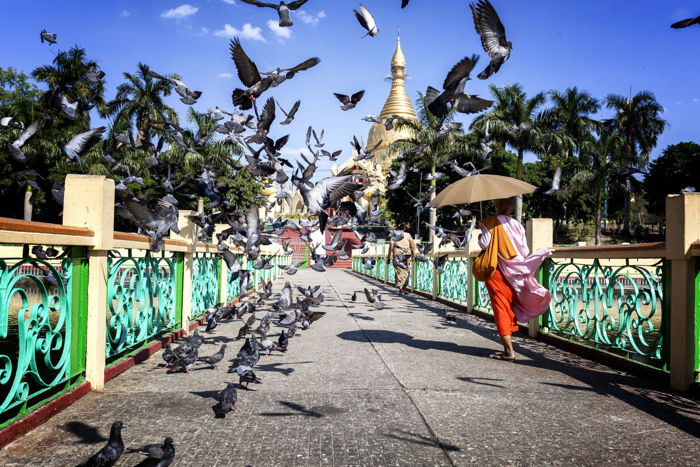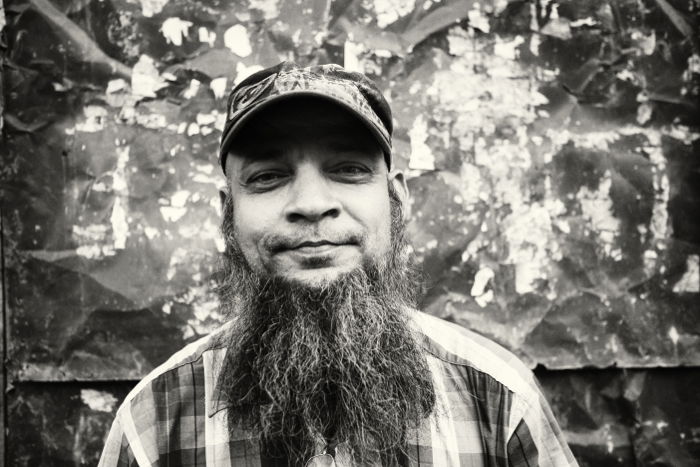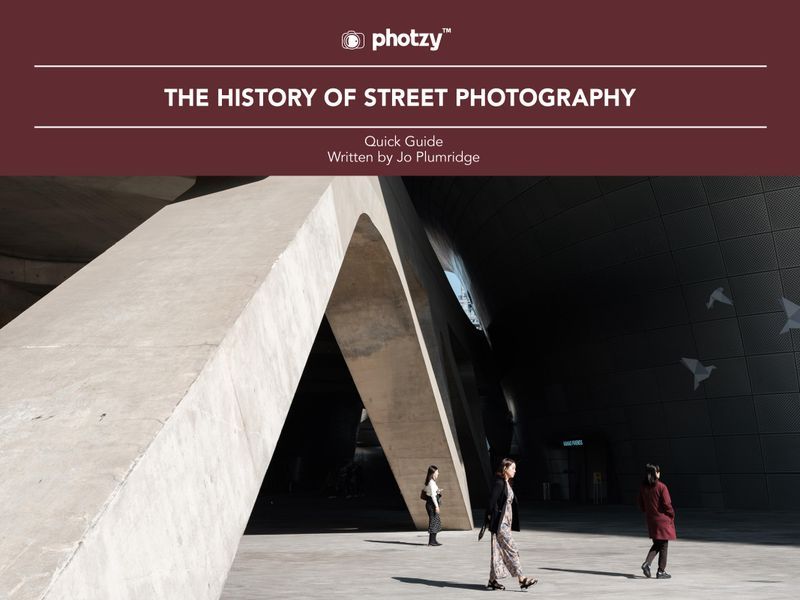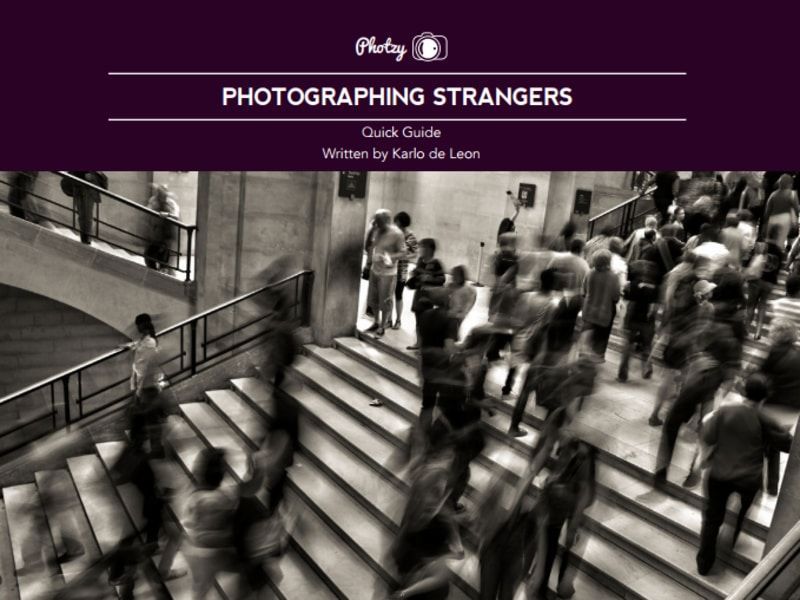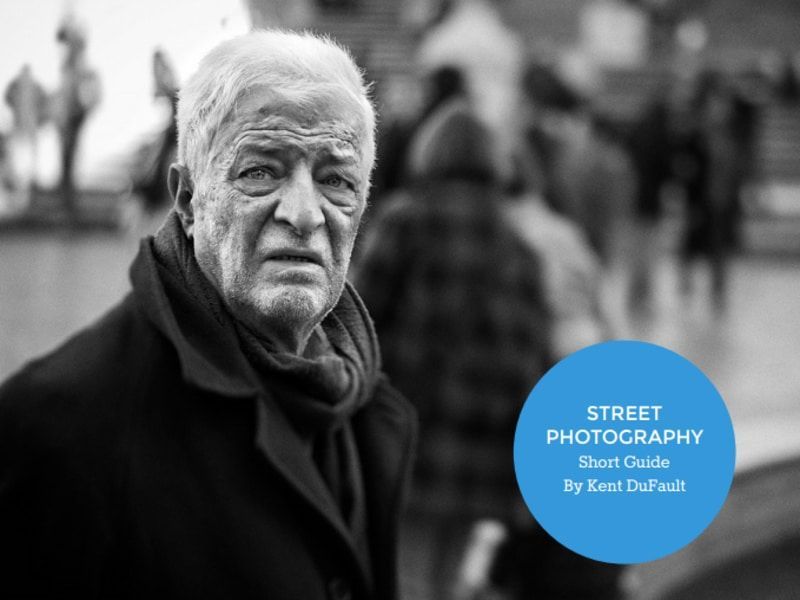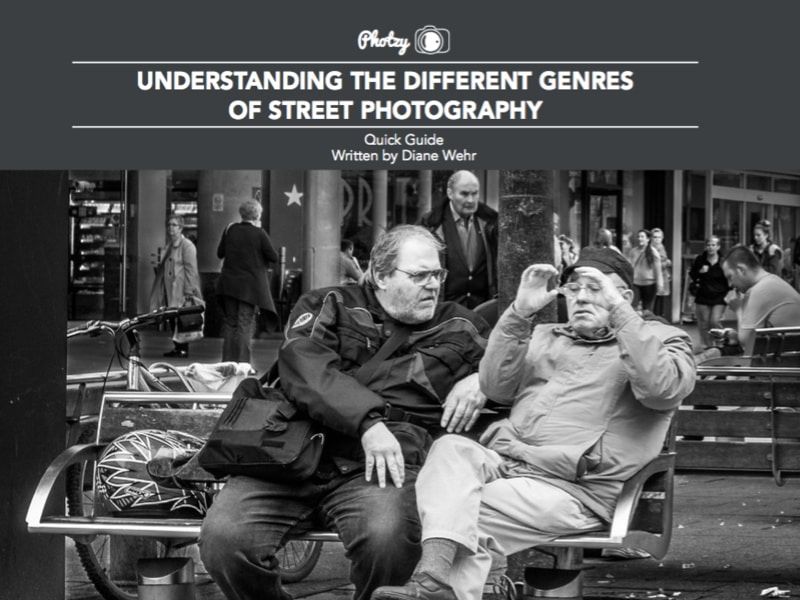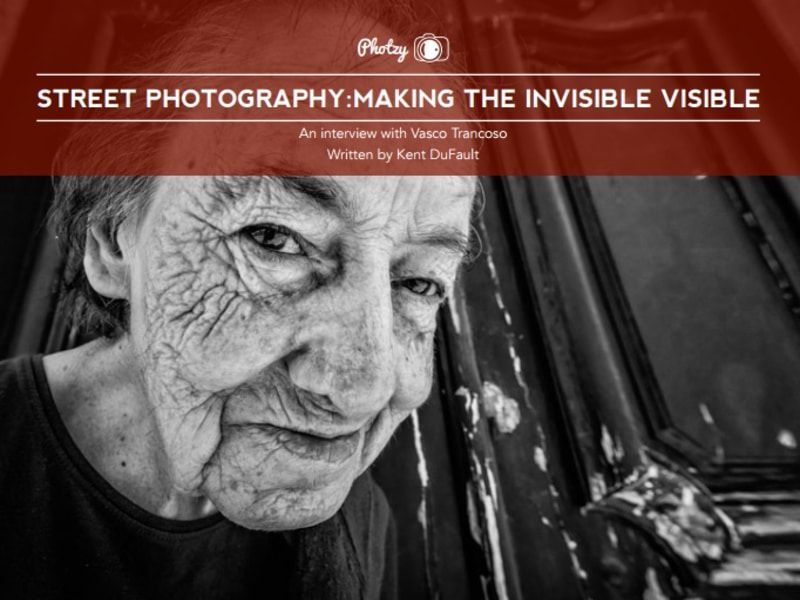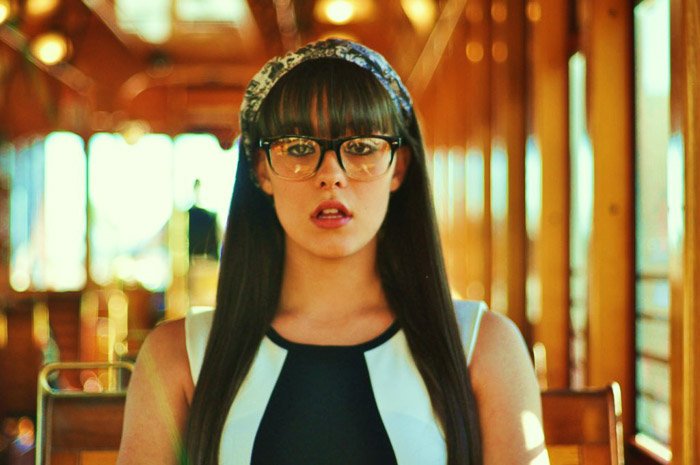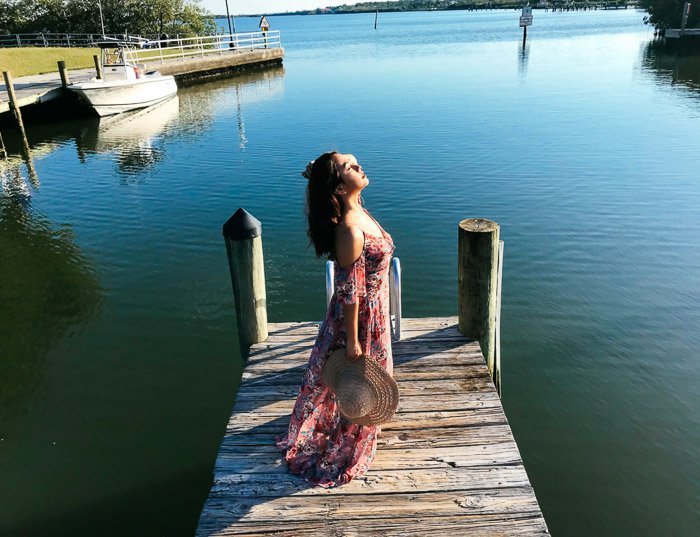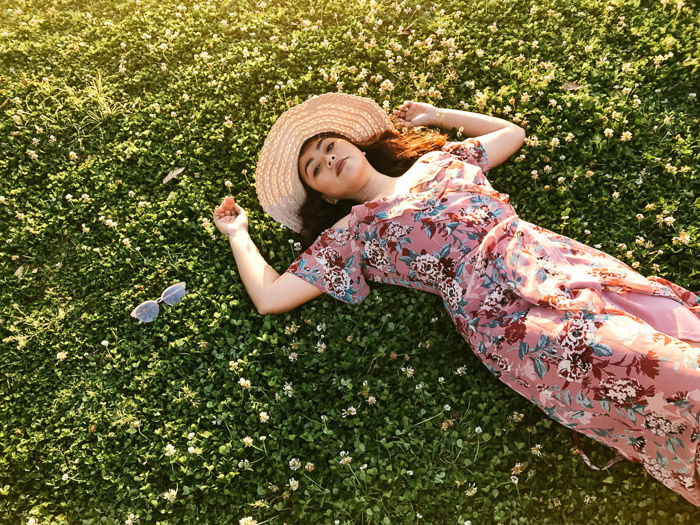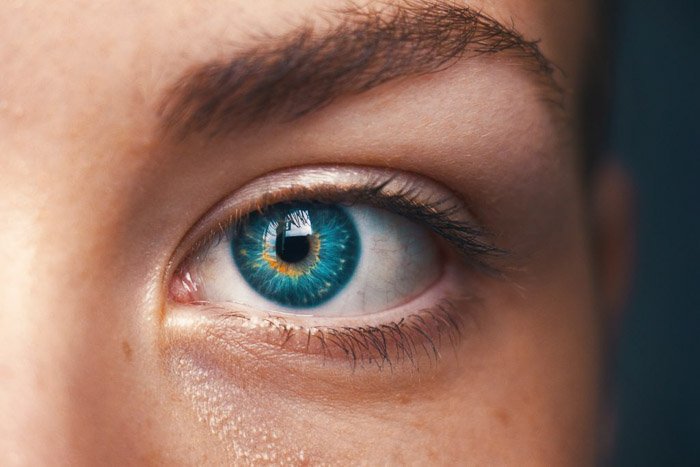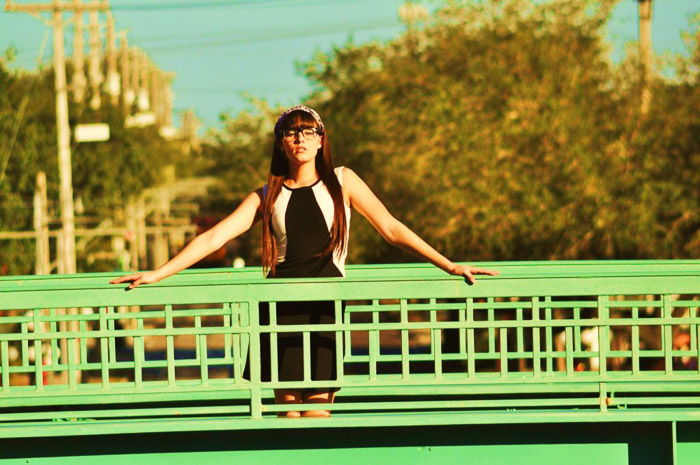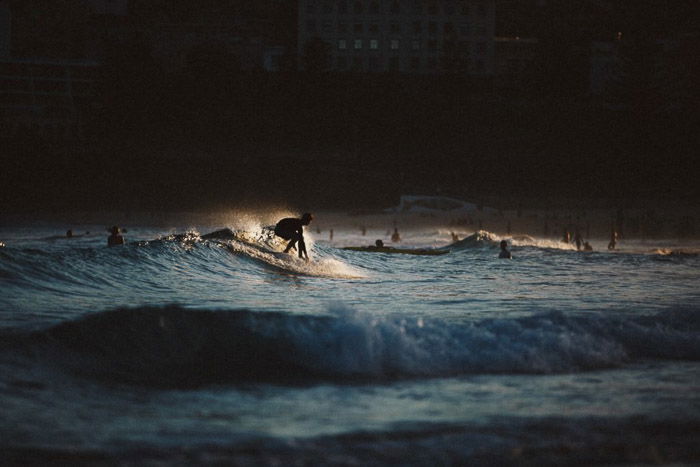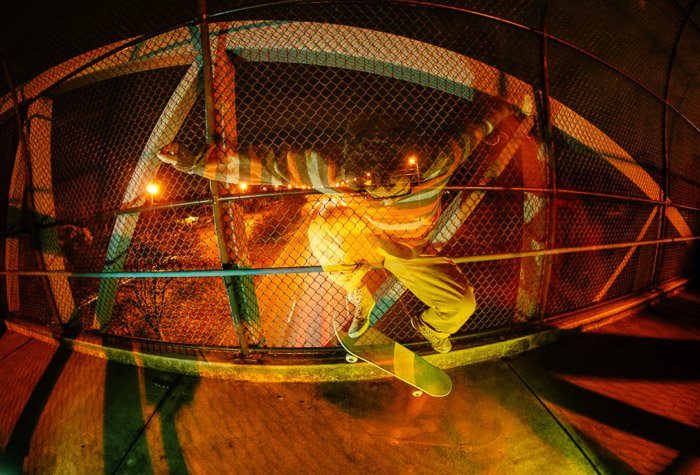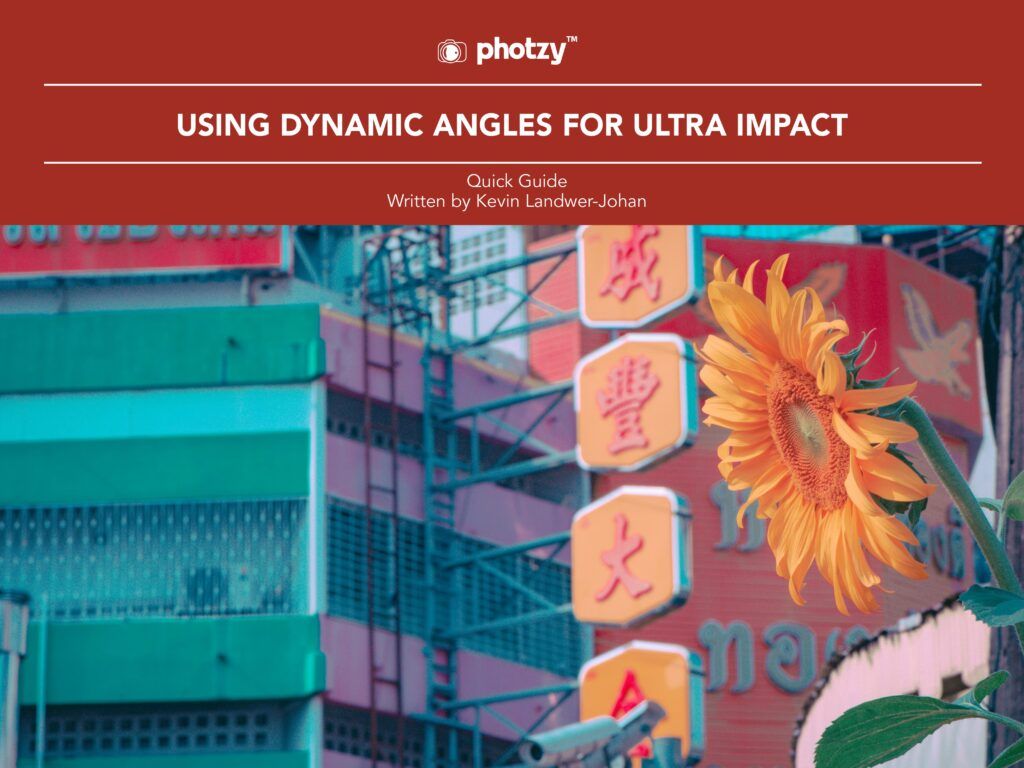Famous Portrait Photographers You Should Know

Portrait photography is one of the oldest forms of photography. And nearly 200 years on, portraiture remains one of the most popular pursuits within the art form.
This is the history of portrait photography told through the lens of great portrait photographers. We’ll look at the best past and present portrait photographers.
Our journey starts with the great portrait photographers of times past. Then we’ll look at the best portrait photographers of today before finishing with the rising stars of portrait photography. It’s a journey that’s sure to inspire your own portrait photography.
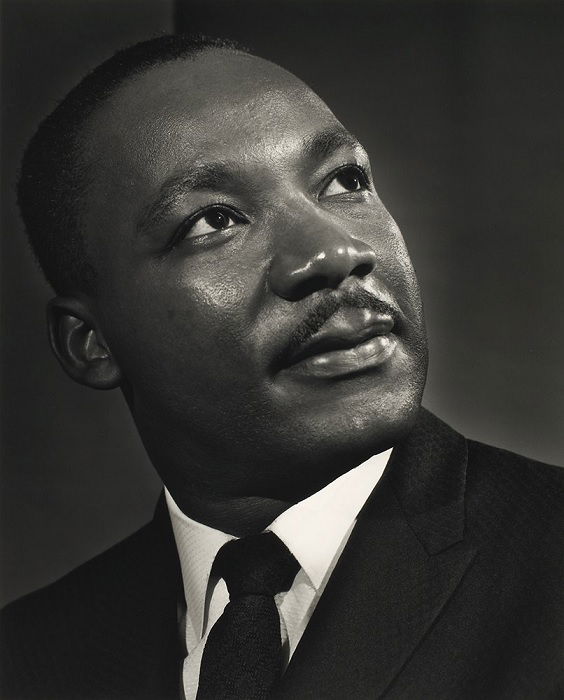
Portrait photographers have been at the vanguard of the photography craft. They’ve documented some of history’s most famous and infamous individuals. And they brought photography into the mainstream.
Portrait photography has given us the protagonists of our shared history. They’ve connected us to presidents, prime ministers, and stars on the stage and screen. Their portraits are hung in prominent galleries all over the world. And they’ve graced the covers of Time, Vogue, and Rolling Stone. These faces have become part of public consciousness.
But portrait photography isn’t just about the big names. Portraits are about people. And portrait photographers use their cameras to tell personal stories. They capture the spirit of the people they encounter, from farmers to fishermen and businessmen to bandits.
As well as being a discipline in its own right, portrait photography is a feature in many types of photography. Portraits play a significant role in fashion and editorial photography. And you’ll find portraits everywhere, from photojournalism to wedding photography.
Portrait photography endures because we love characters. We want to know the players in the stories humans tell. And the best portrait photographers let us look at hearts and souls laid bare on celluloid. Portrait photography allows us to connect with people we may never know.
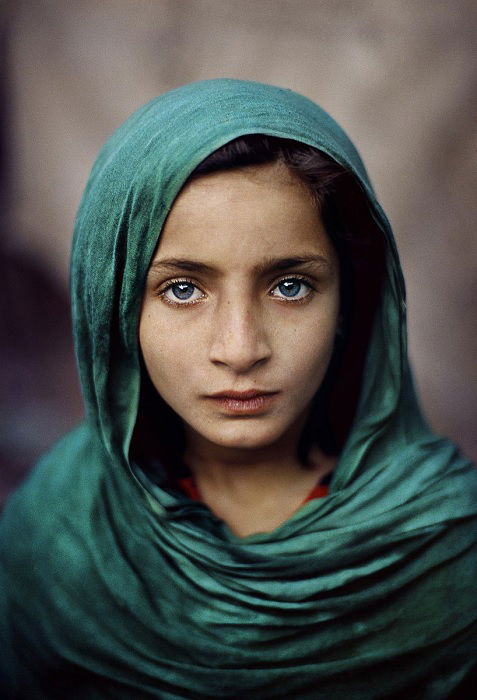
1. Julia Margaret Cameron (1815-1879)
Julia Margaret Cameron was a true trailblazer of portrait photography. Not only was she a woman thriving in a man’s world, but she also developed her own style of portrait photography. Her style wasn’t appreciated in her own time, and many criticized her work.
But over the years, her portraits have been praised for their genuine intimacy. Her portrait photos are softly focused with a natural feel. They were at odds with the stale and static portraits of the Victorian era.
Her subjects were the great and the good of upper-class Victorian society. Her most prominent subjects were Charles Darwin, Henry Taylor, and Sir John Herschel.
See more of Julia Margaret Cameron’s work here.

2. Edward S. Curtis (1868-1952)

Edward S. Curtis is one of the most important names in American photography. He was a photographer working in the American West near the turn of the century. His portrait collection is an important historical archive.
Curtis photographed hundreds of indigenous people from various tribal groups across America. They include the Hopi tribes in the southwest and the Inuit peoples in the north.
His subjects include names eternally linked to the myth of the Wild West. The portraits of Geronimo, Red Cloud, and Chief Joseph are particularly special.
Check out Edward S Curtis’s masterworks here.
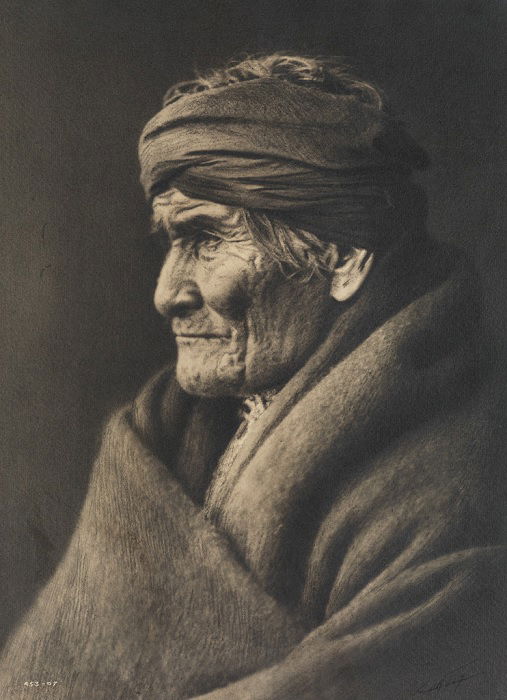
3. James Van Der Zee (1886-1983)
James Van Der Zee was an essential part of the Harlem Renaissance of the ’20s and ’30s. His portraits are stylish and well-crafted. But his work also serves as a historical document for a significant moment in African-American history.
Van Der Zee used his camera to document the fashions and figures of a black culture revival in New York. His portraits show a middle-class African-American society. It’s a self-confident community that was thriving culturally.
Some of his notable subjects are dancer Bill “Bojangles” Robinson and civil rights leader Marcus Garvey. He worked mainly in a studio, using lavish props and set dressings.
This James Van Der Zee collection is the best way to see Harlem in its heyday.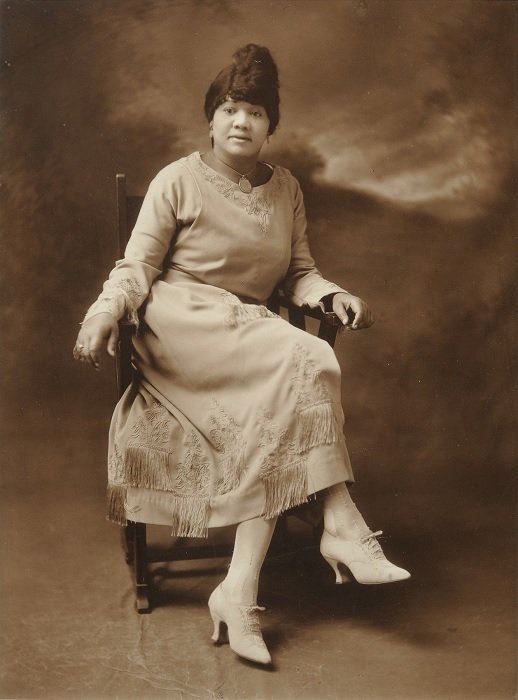 “Lady in Chair” by James Van Der Zee
“Lady in Chair” by James Van Der Zee
4. George Hurrell (1904-1992)
George Hurrell is a portrait photographer from the golden age of cinema. As the official photographer of MGM Studio, his portraits captured some of Hollywood’s most iconic actors and actresses.
Hurrell’s celebrated list of subjects includes everyone from Clark Gable and Humphrey Bogart to Joan Crawford and Marilyn Monroe.
The archetypal celebrity photographer, his portraits are intensely glamorous. His collection strengthens the legend and mystique of this timeless Hollywood era. His style is dramatic, with strong contrasts between light and dark.
If you love Hollywood glamor, this George Hurrell collection is a must-see.
5. Angus McBean (1904-1990)
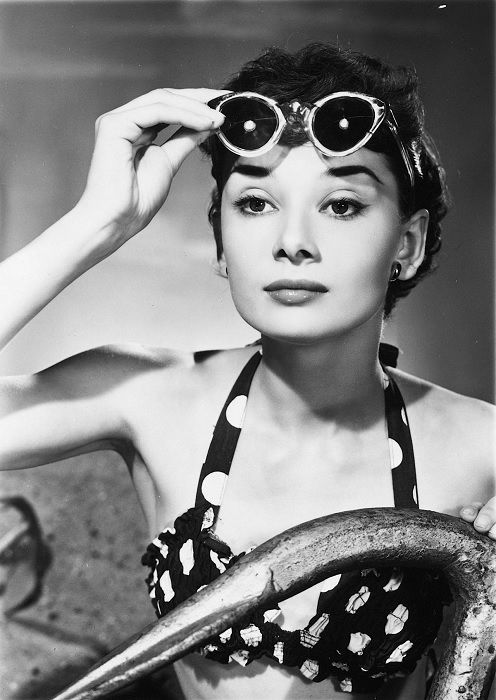
Angus McBean is often overlooked when it comes to lists of the most famous portrait photographers. But he shouldn’t be. His portraits were wholly original, blending a sharp style with surrealism and wit.
McBean’s style was less polished and more earthy than his contemporaries. His lighting was sharp and dramatic, which he used for a darker tone in his work. He wasn’t afraid to add surrealist elements or humor, even when working with Hollywood stars.
As a celebrity portrait photographer, he worked with A-listers like Audrey Hepburn, Vivian Leigh, and The Beatles.
This is the perfect book if you want more portraits from Angus McBean.
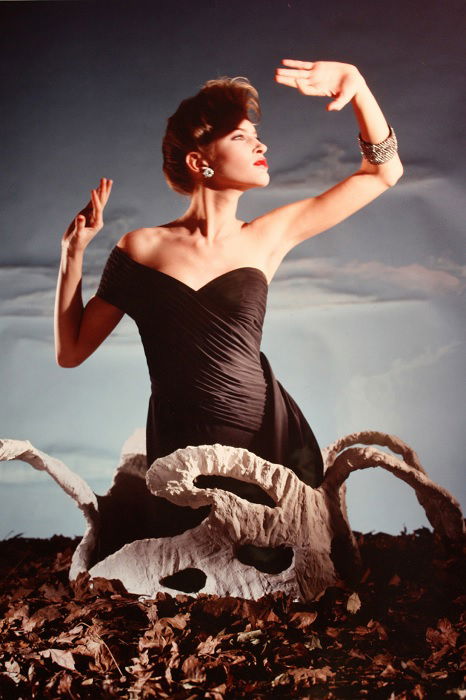
6. Philippe Halsman (1906-1979)
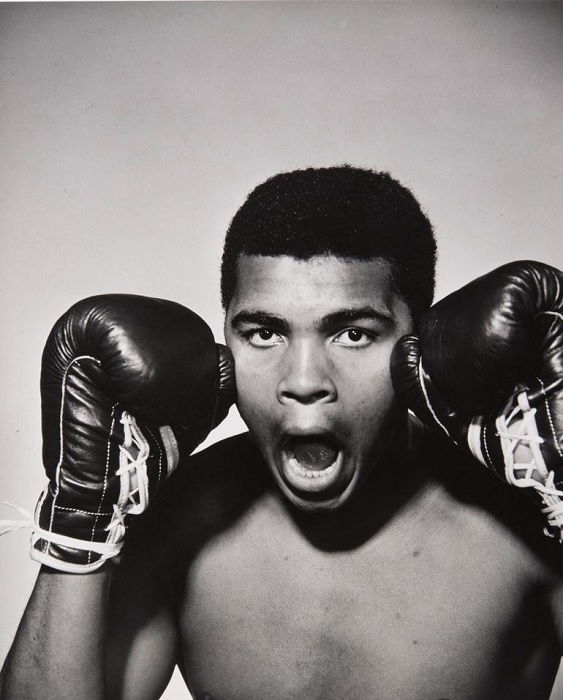
Philippe Halsman was one of the first great portrait photographers to inject a sense of fun into his work. He had close connections to surrealist artists and was a long-time collaborator with Salvador Dali.
His portraits are joyful and exuberant. His subjects are often snapped in mid-air as they jump and dance before the camera. But despite the humor, there’s always a personal warmth to his images. His portrait photos are uniquely personal.
As well as Salvador Dali, prominent subjects include Albert Einstein, Marilyn Monroe, and Muhammad Ali. His skill behind the camera also led to a career as a fashion photographer.
Click here to see more of Halsman’s Jump collection. Or maybe you prefer his book of portraits.
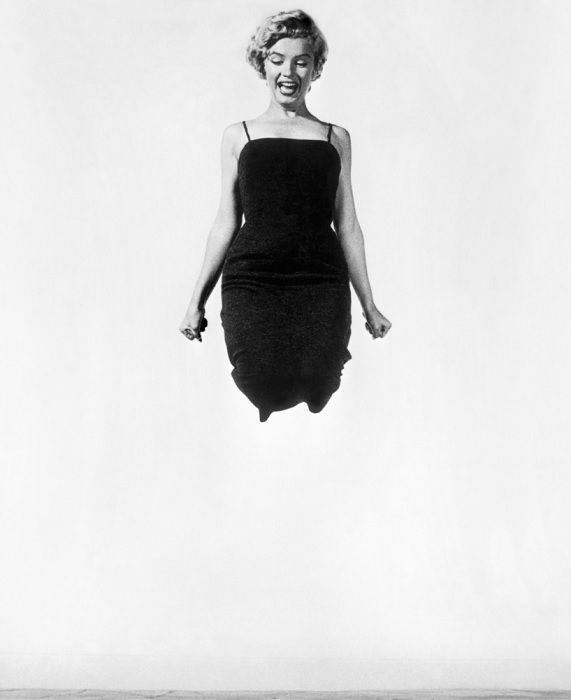
-------------------------------------------------------------
---------------------------------------------------------
